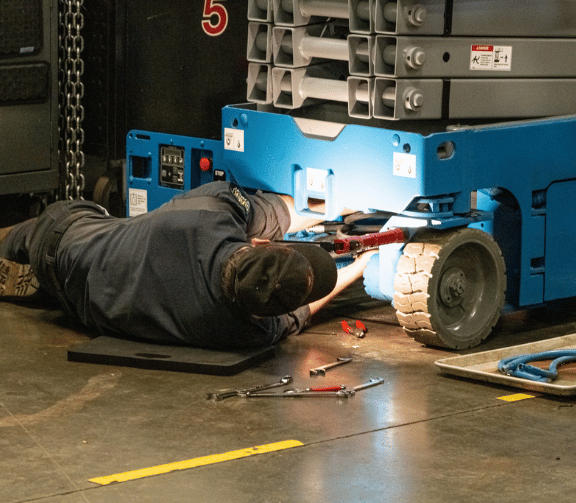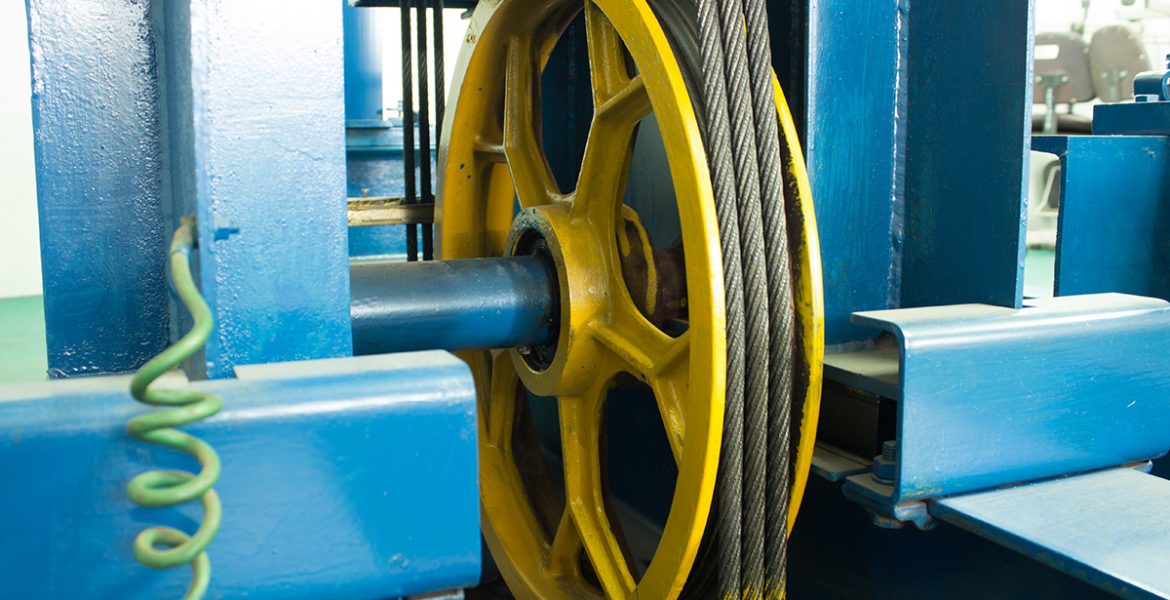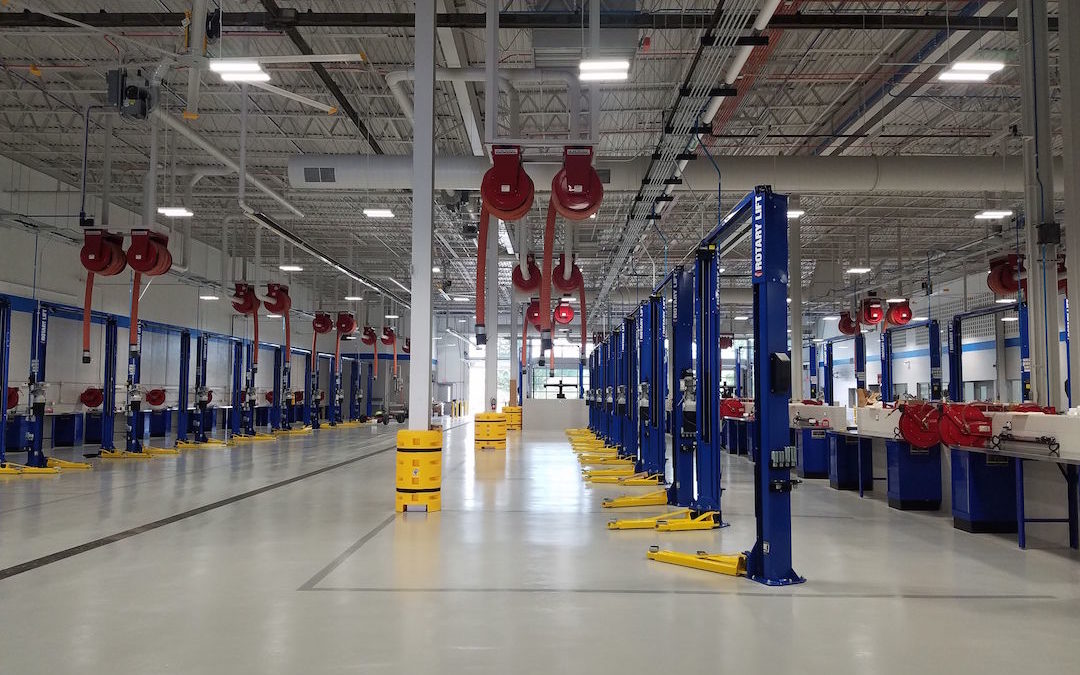Expert Lift Engineer Course: Educating for Top Lift Repair Companies Near Me
Expert Lift Engineer Course: Educating for Top Lift Repair Companies Near Me
Blog Article
Comprehensive Overview to Lift Equipments and Their Maintenance
Navigating the detailed globe of lift systems and their upkeep is a task that requires precision and expertise. From the different kinds of lift systems in usage to the thorough adherence to safety guidelines, the maintenance of these vertical transport gadgets is a diverse endeavor.
Types of Elevator Equipments
The most usual kinds consist of hydraulic elevators, traction lifts, machine-room-less elevators, and vacuum cleaner lifts. Hydraulic elevators are optimal for low-rise structures and make use of a hydraulic piston to relocate the lift vehicle. Machine-room-less lifts are a space-saving option as they do not call for a separate device area for the elevator machinery.
Each sort of lift system has its own advantages and negative aspects, making it important for structure owners and designers to thoroughly consider their details needs prior to picking the most ideal alternative. Variables such as building height, space availability, energy performance, and spending plan restrictions all play a considerable duty in figuring out the best elevator system for a particular building.
Typical Maintenance Concerns
Regular maintenance of elevator systems is important to make sure smooth procedure and prolong their life expectancy. In spite of normal maintenance, lift systems can still run into common maintenance issues that need to be promptly addressed to avoid interruptions in service. Routine evaluations and proactive maintenance can help determine and settle these common maintenance issues before they intensify and affect the general performance of the lift system.
Safety And Security Laws and Compliance
Complying with rigorous safety and security regulations and making sure compliance with industry standards are critical for preserving the functional integrity of elevator systems. Lifts are subject to a thorough collection of safety and security regulations to protect passengers, maintenance employees, and the public. Governing bodies such as the Occupational Safety And Security and Wellness Administration (OSHA) in the USA and the European Lift Association (ELA) in Europe develop guidelines that cover different elements of lift layout, setup, procedure, and maintenance.
Conformity with these guidelines is not just a legal need however likewise an ethical obligation for structure proprietors and lift upkeep business. Failure to meet safety and security requirements can lead to penalties, lawful responsibilities, and, most significantly, jeopardize the safety of individuals using the lift. Normal assessments, maintenance checks, and adherence to safety and security methods described in the regulations are vital to ensure the efficient and risk-free procedure of elevator systems. By focusing on safety and security guidelines and conformity, stakeholders can copyright the count on of the public and alleviate prospective threats connected with lift use.
Ideal Practices for Maintenance

Structure owners must also take into consideration investing in innovation upgrades to boost the efficiency and security of their elevator systems. By complying with these best techniques, lift systems can operate smoothly and securely, supplying trusted upright transportation for passengers.

Advanced Technologies for Effectiveness
Executing sophisticated innovations in lift systems can substantially boost functional effectiveness and traveler experience. lift repair companies near me. One of the crucial developments in elevator technology is the intro of destination control systems. These systems enable travelers to input their preferred flooring prior to going into the lift, which then routes them to one of the most effective vehicle. By lessening unnecessary quits and enhancing travel paths, destination control systems reduce wait times and congestion in high-traffic structures.
Moreover, the combination of clever sensing units and predictive upkeep capacities has actually revolutionized elevator upkeep. These sensing units can discover possible concerns before they escalate, allowing proactive upkeep treatments and reducing downtime. Additionally, using energy-efficient parts and regenerative drives assists minimize power consumption and operating prices lift engineer course in lift systems.
Furthermore, the implementation of cloud-based monitoring and remote diagnostics permits for real-time monitoring of lift performance and prompt troubleshooting of any malfunctions. This aggressive approach not only boosts system reliability but additionally boosts the total individual experience by making certain smooth and uninterrupted elevator procedures.
Verdict
In conclusion, understanding the different kinds of elevator systems, typical upkeep issues, safety and security regulations, best maintenance techniques, and advanced innovations for effectiveness is essential for making certain the smooth procedure of elevators. By sticking to safety guidelines and applying ideal techniques for upkeep, structure owners can prolong the lifespan of their elevator systems and make sure the security of travelers. It is essential to stay updated on the current innovations in lift modern technology to boost effectiveness and reliability.
The most usual kinds include hydraulic lifts, traction elevators, machine-room-less lifts, and vacuum cleaner lifts. Hydraulic lifts are suitable for low-rise structures and utilize a hydraulic piston to relocate the elevator cars and truck. Machine-room-less elevators are a space-saving option as they do not call for a separate equipment room for the lift equipment. Normal inspections and proactive maintenance can assist identify and resolve these typical maintenance problems prior to they rise and affect the total performance of the elevator system.

Report this page